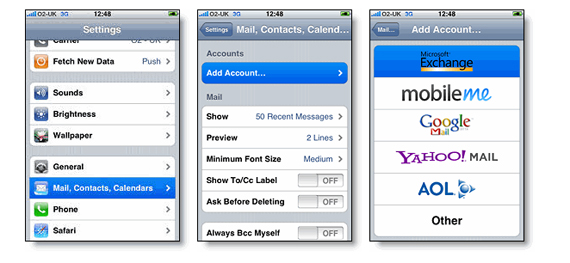In sports, most people associate a team's financial success with its location: typically defined as either small-market or big-market. But the latest data from the 2008-2009 NBA seasons suggests that it is as much a combination of team success as it is market size.
The six teams with the highest percentage of seats at capacity represent a mixture of market size and team competitiveness:
Dallas Mavericks: 104.3% - mediocre season, strong market
Portland Trail Blazers: 102.6% - clinched playoff berth today
Boston Celtics: 100% - coming off 2007-2008 NBA Championship
Los Angeles Lakers: 100% - best record in the Western Conference
Phoenix Suns: 100% - competitive team but unlikely playoff berth
Utah Jazz: 100% - one of conference's best four teams
The worst performing teams are also the least attended (no shocker)... but it is not necessarily a function of geography:
Memphis Grizzlies: 69.9% capacity, down 1.6% from last year
Sacramento Kings: 71.3% capacity, down 12.4%
Minnesota Timberwolves: 73.7% capacity, 3 games above 80% capacity
Charlotte Bobcats: 74.1% capacity, down 2.9%
Philadelphia 76ers: 75.3% capacity; 2 games above 80% capacity
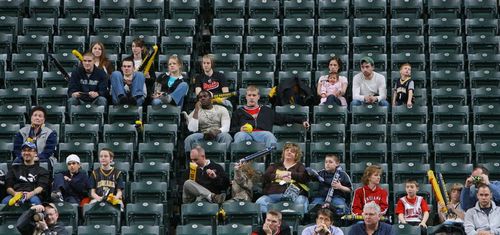
A few more ways to view this:
Three of the NBA's worst team, including the worst team at 16-59, are the least attended:
Sacramento Kings (16-59): 28 games under 75% capacity
Memphis Grizzlies (22-54): 26 games under 75%
Charlotte Bobcats (34-43): 22 games under 75%
The Washington Wizards are in the midst of a brutal season and have the second worst record in the NBA at 18-60. They represent the second biggest decrease in attendance (-9.2%). The Sacramento Kings are the only team with a worse record; they have a largest decrease in attendance at -12.4%.
Interestingly, Detroit is a bizarre case because they dominate in attendance despite having an off-year (currently in the 8th seed if the playoffs started today):
#1 in total attendance by 70,000 (786,591 through March 23)
#1 in average attendance per game at 21,850 (league average is 17,385)


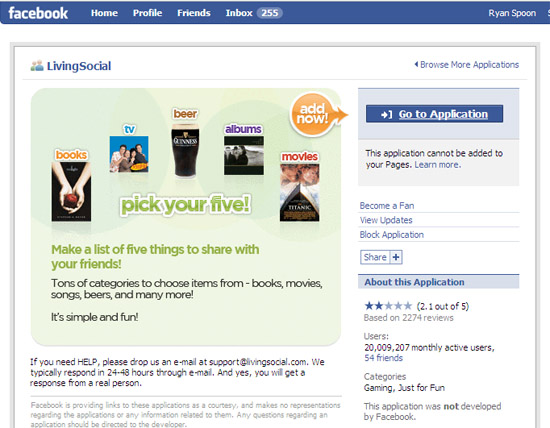
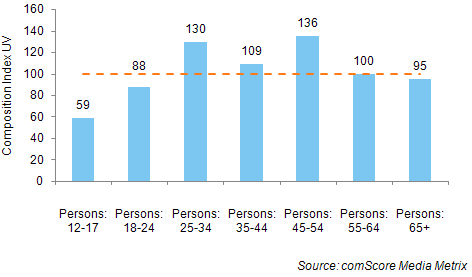 I expected the lower trending for the under-25 crowd as that demographic grew up on Facebook and lives there. I would have expected that the 25-34 bracket would be Twitter's sweet spot - always online, early adopters and followers of pop-culture. But the 45-54 bracket is surprising... until you consider that marketers and companies indeed represent a significant portion of Twitter:
I expected the lower trending for the under-25 crowd as that demographic grew up on Facebook and lives there. I would have expected that the 25-34 bracket would be Twitter's sweet spot - always online, early adopters and followers of pop-culture. But the 45-54 bracket is surprising... until you consider that marketers and companies indeed represent a significant portion of Twitter: 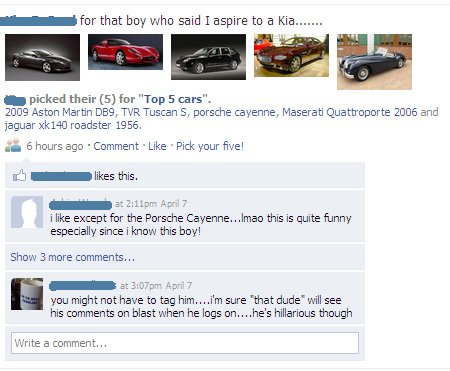
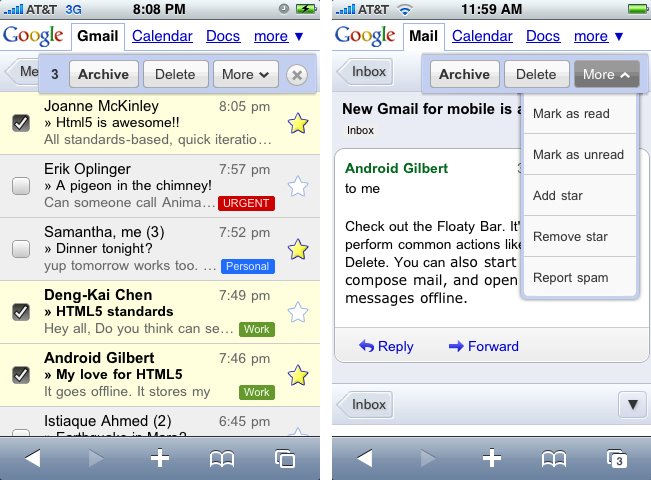 I'm left totally unsatisfied. I want a true application that works much like Gmail does between online and offline modes. Integrate my contacts and calendar... and I would never have to use my phone's core applications. It would include search, enable customizations and eventually allow for push notifications (when iPhone 3.0 arrives). I will continue being greedy and ask for integrations with Google Chat, Tasks, RSS and Maps. If monetization is the issue, I would have no problem with in-app ads (as Google does with the current Google App). Furthermore, I would imagine that monetization is more efficient in the app than on the mobile webpages.
I'm left totally unsatisfied. I want a true application that works much like Gmail does between online and offline modes. Integrate my contacts and calendar... and I would never have to use my phone's core applications. It would include search, enable customizations and eventually allow for push notifications (when iPhone 3.0 arrives). I will continue being greedy and ask for integrations with Google Chat, Tasks, RSS and Maps. If monetization is the issue, I would have no problem with in-app ads (as Google does with the current Google App). Furthermore, I would imagine that monetization is more efficient in the app than on the mobile webpages.

